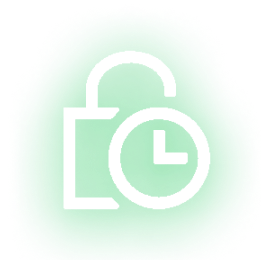What Is SSL Monitoring?
SSL certificates serve as the core security component of internet communication, acting as a “digital ID card” for websites. They employ encryption technology to ensure data transmission between users and servers remains protected from interception or tampering, while also displaying a padlock icon in the browser’s address bar to build user trust. SSL certificate monitoring refers to the full lifecycle management of these certificates, encompassing both validity period tracking and configuration compliance checks. This process aims to prevent security risks caused by certificate failures.

Core Indicators of SSL Monitoring
Validity Period
Remaining Days: Track the certificate’s expiration countdown, with renewal alerts typically triggered 30 days prior to expiration.
Issuance Time Rationality: Verify that certificates do not contain anomalous future or past timestamps.
Identity and Authorization
Domain Coverage: Ensure SSL certificates encompass all operational domains, such as root domains, subdomains, and wildcard certificates.
CA Trustworthiness: Confirm certificates are issued by trusted Certificate Authorities such as GeoTrust or DigiCert.
Real-Time Status
Revocation Status: Check SSL certificate revocation status in real time via the OCSP protocol.
Multi-Node Consistency: Verify certificate status from distributed nodes to eliminate false positives from localized caching or network disruptions.
What Are the Functions of SSL Monitoring?
Service Disruption Prevention: Avoid browser blocking of user access caused by certificate invalidation. Common examples include Chrome’s “Your connection is not private” warning.
Security Threat Mitigation: Protect against risks such as user data theft caused by certificate misconfigurations (e.g., domain mismatches).
Compliance Adherence: Ensure your SSL certificate complies with GDPR and other regulations’ mandatory requirements for encrypted communication and certificate management.
User Trust Preservation: Eliminate browser security warnings that harm brand reputation and ensures seamless user experience.
Conclusion
SSL Monitoring is an indispensable component of cybersecurity frameworks. By tracking key metrics such as certificate validity periods, CA trustworthiness, and domain coverage, it proactively mitigates risks of service outages and data breaches at the source.
By integrating SSL monitoring into regular security management and combining it with automated tools and manual inspections, website operations teams can achieve multiple objectives such as business continuity, user trust, and compliance adherence.
Learn more about SSL Monitoring
All features free for life for the first 500 users!
Sleep easy—your website is always protected!














